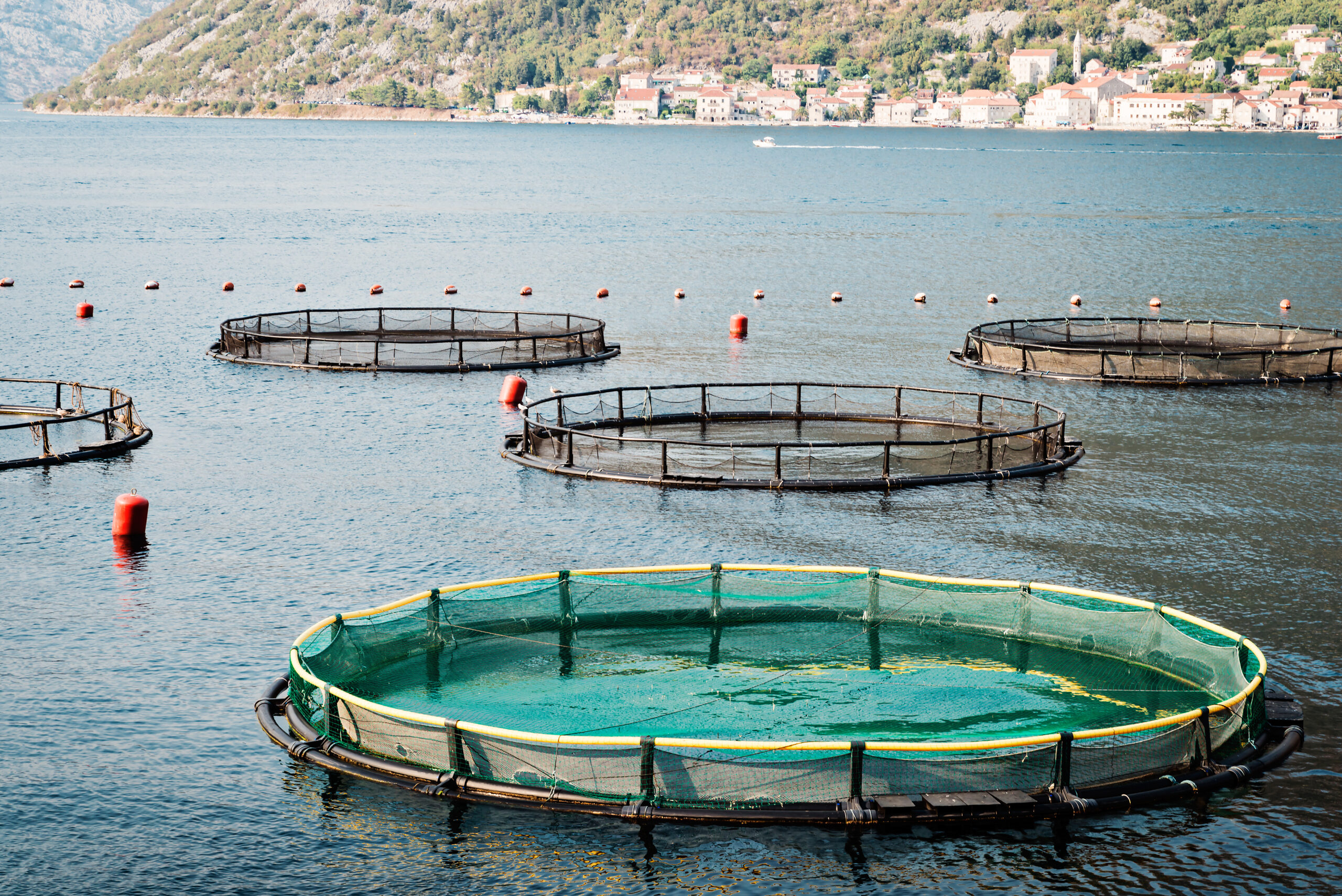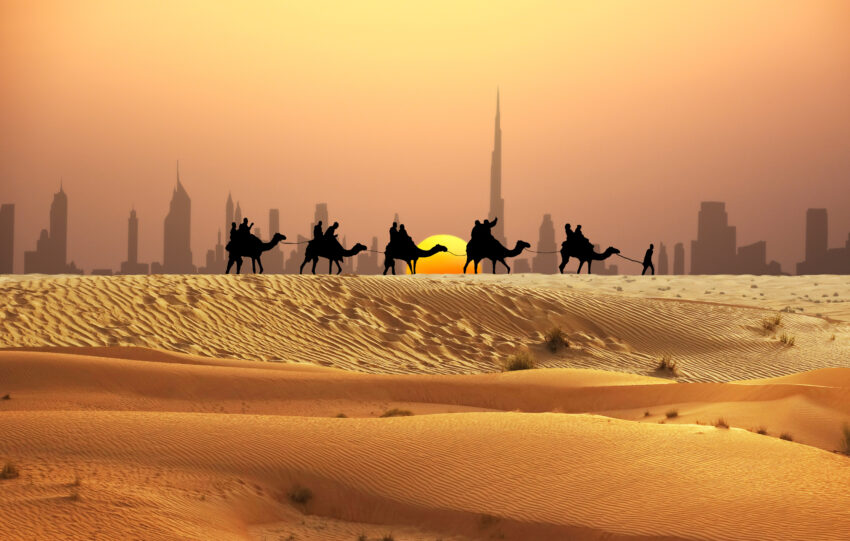Fish is not just popular cuisine. The consumption of seafood is part of global culture, and each part of the world contributes significantly to this allure through unique sea-based cuisines and fishing traditions, often these stories even make it to the cinemas.
Fish makes up about 17 percent of the world’s protein intake. It is the primary source of food for those in islands and coastal communities, with 70 percent of people consuming it. Around 500 million people across the world look at the fishing industry as a means of survival. But not all parts of the world get fishing right. Many are notoriously secretive about their fishing techniques, creating a conspiracy that is already shocking the world with a net of uncomfortable truths. Culture contributes to the dismal picture, as well. Take for example the blood thirsty dolphin hunt in Faroe Islands each year, that is a coming-of-age celebration for young men in Denmark.
The seafood industry survives on commercial fishing and aquafarming, and very simply stated, both these methods are wreaking havoc on oceans and the creatures inhabiting them, raising alarm bells that can no longer be ignored.

Aquaculture shock
Aquaculture, also known as aquafarming, is an emerging fishing technique that is getting more popular due to its ability to yield more fish and meet the increasing demand for seafood. This technique involves the cultivation of freshwater or marine organisms under controlled conditions. Aquaculture farming includes marine fish farming and freshwater fish farming. Marine fish farming is carried out in tanks on land or net pens in water, and freshwater fish farming is done in ponds or man-made water systems.
While aquafarms are generally considered sustainable, they have perils that cannot be brushed under the carpet. Aquafarms, essentially aquatic livestock farms, keep fish in densely populated enclosures on land or within partitioned sections of the sea. These fish live their entire lives, which can last up to two years, in polluted pools full of excrement, parasites, antibiotics, and pesticides. These harmful substances disperse into the nearby regions, polluting our seas and resulting in the death of other sea creatures. According to a research study titled ‘Fish, Money, and Science in Puget Sound’, the waste generated by a 2-acre fish farm is equivalent to the waste produced by a community of 10,000 individuals.
Commercial Fishing
Let’s start with a positive aspect of commercial fishing: It is the marketing of fish and other seafood gathered from the ocean, lakes, rivers, backwaters, and other water bodies. On a small scale, it is the primary source of income for many communities and is a very healthy option on the table. As a seafood lover, I wish that was the end of this conversation. The fishing techniques of today tell a different story, though. A story where marine conservation is affected by habitat degradation, water pollution, and the poisoning of the fish that is consumed, among other dangers.
Here are some methods of commercial fishing with deep sea fishing vessels involving mechanization and sophisticated technologies:
At the bottom: Bottom trawling is a popular fishing technique that involves pulling fishing nets across the ocean floor to catch fish at the bottom of the sea. The technique, also known as ‘dragging’, significantly impacts the ocean floor, causing extensive sediment upheaval and harm to the coral species, Lophelia pertusa. This coral plays a pivotal role in maintaining balanced marine ecosystems by providing shelter to numerous deep-sea creatures.
The sediment dislodged from the seafloor can be swept away by ocean currents, affecting regions of the ocean several miles apart. Excess sediment makes the water unclear, preventing sunlight from reaching aquatic plants and leading to oxygen-deprived dead zones. Moreover, it can resuspend settled organic pollutants, which then re-enter the food chain, starting with plankton and eventually impacting humans.
The United Nations estimates that bottom trawling is directly responsible for as much as 95 percent of worldwide ocean destruction, a finding that made the UN General Assembly actually recommend the prohibition of this fishing technique.
According to a research study titled ‘Fish, Money, and Science in Puget Sound’, the waste generated by a 2-acre fish farm is equivalent to the waste produced by a community of 10,000 individuals

Having a blast: Blast fishing and cyanide fishing are known to kill large quantities of fish through explosives and cyanide, respectively. But the impact of the blast or the poisoning is so lethal that it causes destruction to the underlying habitats, which include our precious coral reefs.
Taking the longline: Longline fishing involves the use of lengthy fishing lines towed by boats fitted with numerous hooks. These fishing lines, which can span up to 50 feet, can inadvertently capture and kill many non-targeted species on a large scale. These unintended catches, known as “bycatch,” are subsequently thrown overboard. Approximately 40% of global marine catch is a bycatch and it’s estimated that over 300,000 small whales, dolphins, and porpoises die annually as bycatch in fisheries. In some shrimp trawl fisheries, for every pound of shrimp caught, up to 6 pounds of other marine life are discarded.
It’s also estimated that over 800,000 seabirds are killed each year as bycatch in fishing gear. Some species of albatross and petrels are particularly vulnerable, with populations declining due to accidental capture on baited hooks.
Getting ghosted: Ghost fishing is a technique where trawler nets or fishing gear is discarded into the sea as fishing gear that can capture wild fish. Again, mission accomplished! But this fishing gear can attract and ensnare other sea creatures, particularly sea turtles. Here’s a fact: A ghost fishing encounter in Georgia resulted in the death of 130 sea turtles, all captured in a single ghost pot.
The United Nations estimates that bottom trawling is directly responsible for as much as 95 percent of worldwide ocean destruction

Way too much
The fishing industries significantly contribute to the issue of overfishing, which is essentially the practice of catching targeted fish species at a pace faster than their population can naturally recover. This problem is prevalent in specific aquatic environments, such as oceans, high seas, lakes, and ponds. Overfishing puts heavy pressure on fishing populations and distorts marine ecosystems.
According to the Food and Agriculture Organization (FAO), around 33.1% of global fish stocks are estimated to be overfished, a figure that has nearly doubled since the 1970s. In some regions, such as the Mediterranean and Black Sea, the proportion of overfished stocks is even higher, exceeding 90%. The Atlantic bluefin tuna population has declined by over 85% due to overfishing and the global stock of Atlantic cod has also declined by around 70-95% from its historic levels. Overfishing has also led to a significant decline in shark populations, where about a 100 million sharks are killed annually, often for their fins alone.
A 2020 FAO study suggests that, as of 2017, the world holds 34 percent of the world’s fish stock. Experts say that this could wipe out the entire species. Overfishing is a practice formed not of necessity, but greed, as more fish equals more profits. Companies involved in this try to work around these regulations with the perfect opportunity provided by foreign tax havens. The Cayman Islands, the British Virgin Islands, and Bermuda are some of the tax havens used by fishing industries across the globe.
Pollution, bottom trawling, and overfishing also affect the carbon stored in the ocean, impacting climate change in a very undesirable, and a very tangible way.
Truth Files
Seaspiracy is a 90-minute film that has gained critical acclaim for showcasing some of the erroneous ways the fishing industry is going about its business. The film has received praise from many notable celebrities. This includes the vegan Canadian rock star, Bryan Adams, who urged his fans to watch the documentary and stop eating fish. Cyclist, Chris Froome tweeted this after watching it: “My mind has been blown.” Environmentalist, George Monbiot stated on social media that the film is “a brilliant exposé of the greatest threat to marine life: fishing.” But the institutions that this movie exposed have come out all guns blazing, challenging the factual accuracy of many of the statistics and statements revealed in the documentary. Seaspiracy is now streaming on Netflix.
We, like many of you, love the wonders of the palette that the ocean offers. That succulent taste of well-cooked shrimp and the exquisite varieties of fish are too tempting to ignore. But environmental pollution and heavy human encroachment into aquatic territories have led to an alarming rise in the levels of toxins in many sea creatures that return to our plates eventually. Consuming such toxic food can have severe health implications ranging from food poisoning to long-term chronic diseases.

Fishing Industry in the UAE
The United Arab Emirates is a nation with a rich marine ecosystem and a long history of fishing. The UAE’s fishing sector contributes significantly to the country’s economy and culture. The government is committed to ensuring the sustainability of the fishing industry, and it is working to develop new technologies and practices to make the sector more sustainable.

Here are some interesting stats:
- The UAE has a fishing fleet of over 5,000 vessels and employs over 100,000 people in the fishing industry.
- The UAE’s annual fish catch is worth over $1 billion.
- The UAE is a major exporter of fish, with exports valued at over $500 million per year.
- The UAE is also a major importer of fish, with imports valued at over $600 million per year.
The UAE fishing industry has been expanding in recent years. In 2019, the industry grew by 10%. The Ministry of Climate Change and Environment (MOCCAE) is responsible for the management and regulation of the fishing industry through a variety of measures, including closed seasons, minimum size limits, and gear restrictions. It also has programs that provides financial and technical assistance to fishermen to help them improve their productivity.
The UAE fishing industry is committed to sustainable fishing practices. MOCCAE and the industry are working together to ensure that the industry can continue to be a valuable source of food and jobs for the UAE while also protecting the marine environment.
According to the Food and Agriculture Organization (FAO), around 33.1% of global fish stocks are estimated to be overfished, a figure that has nearly doubled since the 1970s
The way forward
The trick doesn’t lie in denouncing fish as a means of livelihood or sustenance, but the key is to standardize this practice and reduce the scope of unsustainable fishing. Considering the dangers of the fishing industry and its impact on the environment and marine life, governments and financial institutions around the world have collaborated and designed fisheries management policies and strategies that can reduce the impact of fishing practices that cost us all big. Focus is being laid on marine life conservation based on fishery science, with sustainable use of marine and fishery resources. Moreover, the emphasis policies will be designed to boost the production of sustainable biomass and economic yields, enhance employment opportunities, and raise the value of exports.
Effectiveness studies have shown the door to policies and laws that are thankfully seeing the dawn of implementation. Some of them include having a species-based cap on daily fishing limits, limiting the number of days at sea and the number of fishing boats allowed in an area, setting minimum mesh sizes, and enforcing season-based restrictions. Let us hope that these measures span the beginning of a shift in difference, a shift that is much needed. Poisoning our air and water impacts all life… and this means us, humans too.


